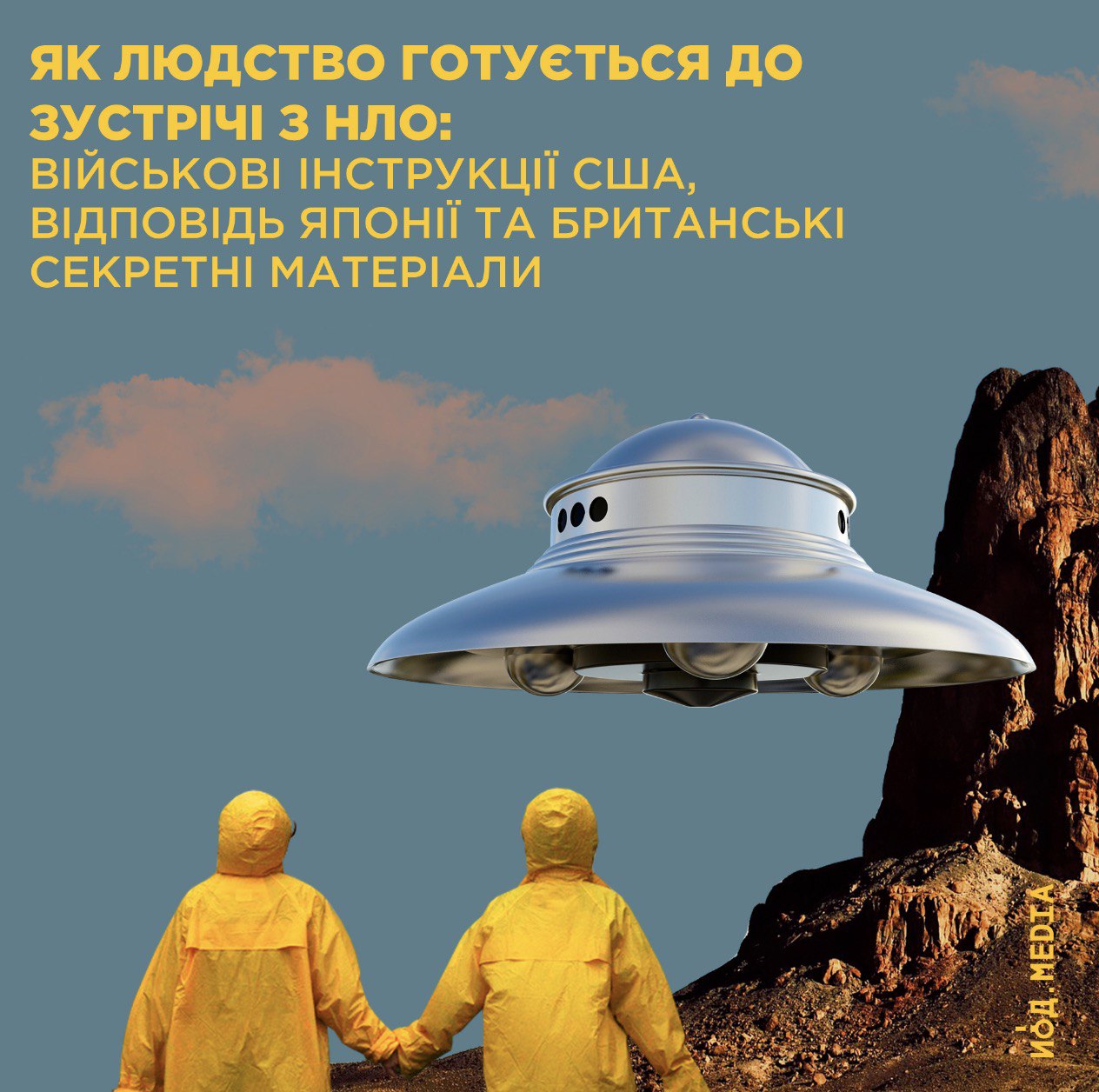While the modern UFO phenomenon is often associated with the post-World War II era, reports of unidentified flying objects began surfacing much earlier. The 1920s were notable for a series of UFO sightings that defied conventional explanations and intrigued the public. One of the most notable incidents occurred in 1926 in the United States, where multiple reports emerged from rural areas describing strange, luminous objects moving erratically across the night sky. Witnesses claimed that these objects, which they described as “flying saucers” long before the term became popular, exhibited flight patterns that defied known aeronautical principles.

The 1920s also witnessed a surge in explorations that pushed the boundaries of the known world, often marked by mysterious and unexplained elements. One such explorer was the enigmatic Italian adventurer, Guglielmo Marconi, best known for his contributions to wireless communication. In 1924, Marconi embarked on a secretive expedition to the Arctic, purportedly to test new wireless equipment under extreme conditions. Reports from his crew and subsequent findings hinted at strange phenomena and unexplained signals intercepted during the journey, fueling rumors of contact with unknown entities or advanced technologies.

The 1920s were a time of rapid technological advancement and cultural change, but they were also a period rich with unexplained phenomena and adventurous quests. The UFO sightings and mysterious explorations of this decade highlight how the quest for understanding and the pursuit of the unknown are timeless aspects of human nature.

In exploring these early reports and expeditions, we connect with a sense of wonder that transcends time, reminding us that the pursuit of knowledge and the quest for understanding are as old as humanity itself.







